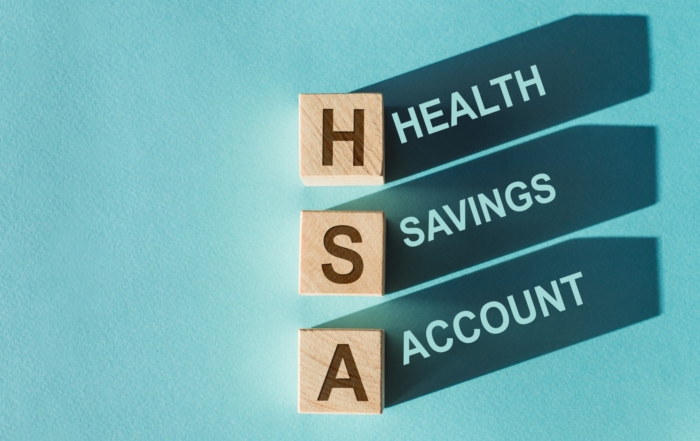Opioids are a type of drug used to reduce pain. For cancer patients and others living with chronic pain, they can be helpful. But it is dangerously easy for a person to become dependent on opioids, without ever meaning to use them to get high. And once a person becomes opioid-dependent, withdrawal symptoms make it hard to stop using the drugs.
What are opioids?
Opioids are usually prescribed by doctors for pain relief after surgery or an injury. They are also used to treat pain from cancer or osteoarthritis. Some common prescription opioids include hydrocodone, oxycodone, morphine and codeine. Fentanyl, usually prescribed for patients with advanced cancer, is an even stronger opioid. Side effects of these medications – even when they’re taken as directed – can include:
- Being more sensitive to pain.
- Needing more medication for the same level of pain relief or developing a tolerance to the drug.
- Depression.
- Drowsiness.
- Feeling dizzy.
- Feeling sick to your stomach, or vomiting.
- Itching.
- Sweating.
- Lack of energy.
- Low sex drive.
- Symptoms of withdrawal when you stop taking the drug, or as you build up a tolerance to it.
How do I know if I am building tolerance to a pain medication?
When you build up a tolerance to an opioid, you can have withdrawal-type symptoms while you’re still taking it. Withdrawal symptoms include: feeling like you have the f u, coughing, muscle aches, r l unny or stuffy nose, stomach cramps, diarrhea, and trouble sleeping.
How do I know if someone has a problem?
A person who is abusing opioids may:
- Avoid other people and social situations.
- Seem anxious.
- Not be able to focus or remember things.
- Seem to move slowly or be slow to react.
- Have mood swings.
- Seem depressed, or like they don’t care about anything.
- Be drowsy more often.
- Have trouble with constipation.
- Care less about how they look.
- Have a hard time keeping up at work or at school.
How big is the problem?
Each day, about 91 people in the U.S. die from an overdose that involves opioids. This number includes:
- People using drugs prescribed by their doctor.
- People using drugs prescribed to someone else.
- People using illegal opioids like heroin.
Anyone who takes opioids can become addicted. Of people who are taking opioids long-term under their doctor’s care, about one in four struggles with addiction.
From prescription opioids to heroin
Addiction to prescription opioids puts a person at high risk for heroin use. Seventy-five percent of heroin users say they used prescription drugs to get high before they switched to heroin.
How does this happen? A person’s tolerance for an opioid builds as they take it. At the same time, their body is becoming dependent on the drug. They start to take more pills than their doctor prescribed, just to get the same level of pain relief they had at first. When they run out of pills, they go to other doctors and hospitals to get new opioid prescriptions. Having more than one prescription raises the risk of accidental overdose. And each increase in the dose of opioid brings with it an increase in tolerance, so still more pills are needed.
As time goes on, the cost and time needed to get enough pills becomes too great. Heroin costs less, and in many areas it is easier to get than prescription pills.3 Heroin users are more likely to overdose, and to make other choices that put their health and safety at risk.
Recent Posts
IRS Guidance on Nutrition, Wellness, and General Health Expenses
The Internal Revenue Service (IRS) has recently highlighted that costs associated with nutrition, wellness, and general health do not typically qualify as reimbursable medical expenses [...]
HSAs Today and Every Day: A Triple Threat Against Rising Healthcare Costs
The healthcare landscape is constantly evolving, and in 2024, rising costs remain a top concern for both employers and employees. Fortunately, Health Savings Accounts (HSAs) [...]
April Showers Don’t Cause Accidents (Distracted Driving Does): Stay Safe on the Road This Month (and Every Month)
Spring is here, and with it comes April's designation as Distracted Driving Awareness Month. While the changing seasons and blooming flowers might tempt you to [...]



